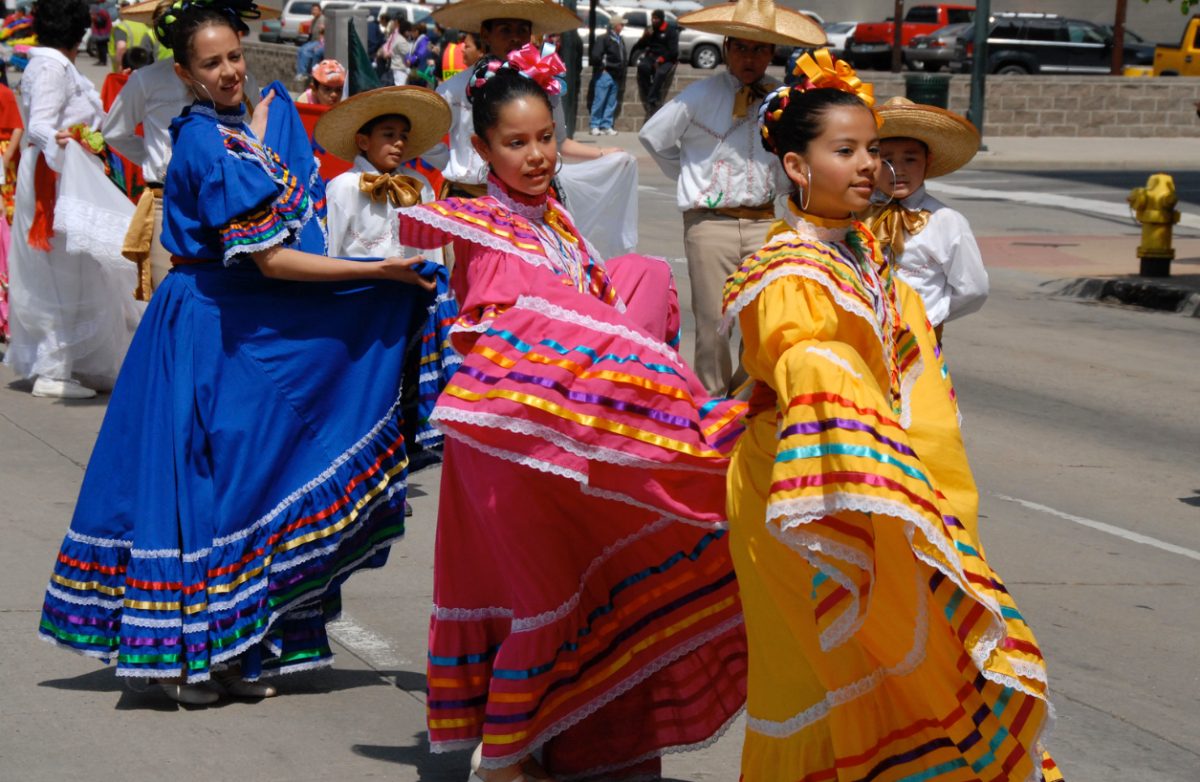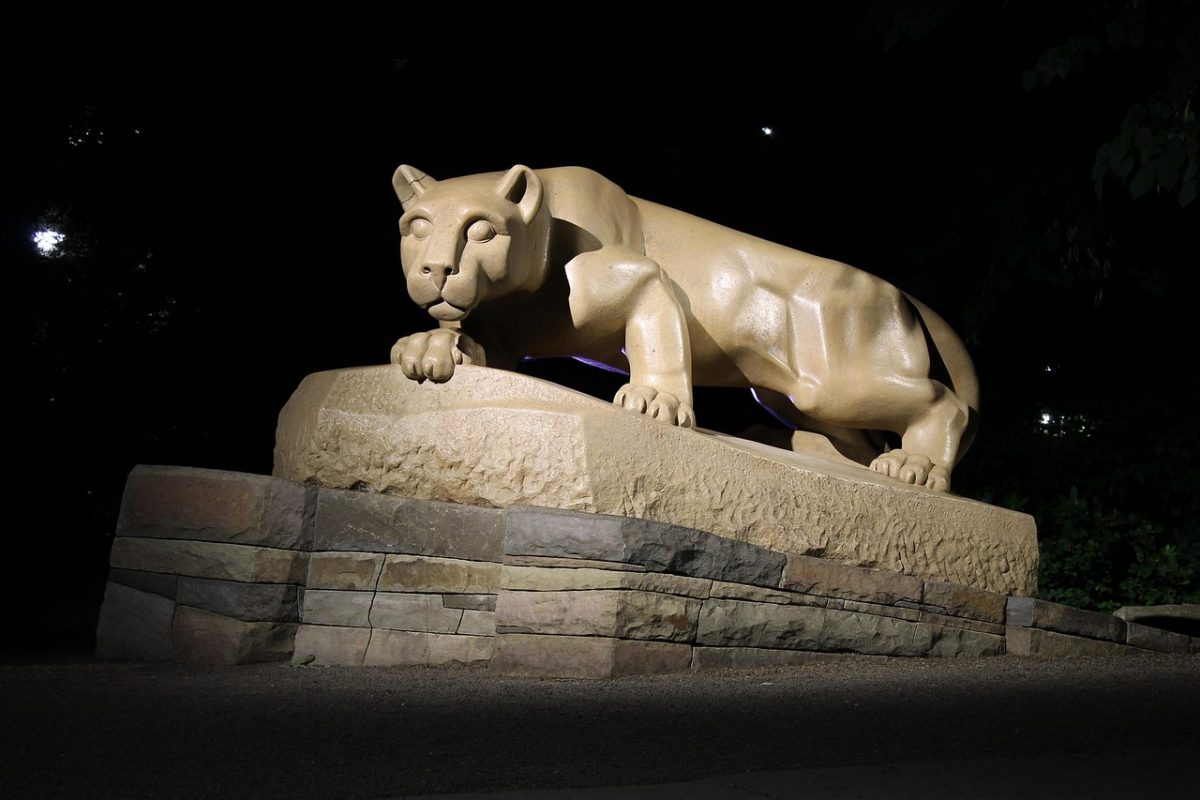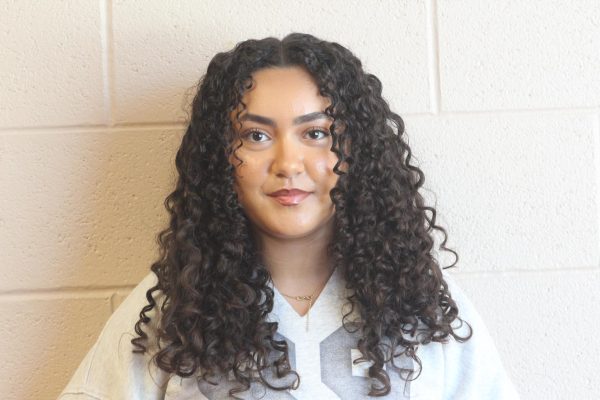Throughout history, black environmentalists’ contributions have gone unrecognized, one of which is Hattie Carthan. Carthan was one of the nation’s first African-American community-based ecology activists. This pioneer brought life back to her community and founded programs that are dedicated to teaching children environmental sciences.
Hattie Carthan was born September 7th, 1900 in Portsmouth, Virginia. However, after the divorce from her first husband in 1928, she moved to Brooklyn, New York. As a child, her first trips to Brooklyn were with her father, a minister, who preached there over the weekends. Those weekend drives not only fueled her love for trees but also the city.
The city’s streets were lined with a variety of trees. According to The New York Times, Carthan said she used to ”adopt trees along the road because they came to be familiar to me. They were my trees.” Hattie Carthan’s passion for nature and trees was hard to come by. Unfortunately, in 1964, the community had only 4 trees that she adopted that remained.
For several decades the community was tormented with racial injustice, poverty, and neglect. However, Carthan discovered a way to control the turmoil that was her everyday life: plant trees. She viewed it as a way for the community of Bedford-Stuyvesant to reclaim their neighborhood and bring back its liveliness. According to the Brooklyn Public Library, Carthan said “We’ve already lost too many trees, houses and people…your community – you owe something to it. I didn’t care to run.”
Carthan formed the T&T Vernon Avenue Block Association, which would help raise money to plant trees via block parties. Not only did the City of New York support her, but the mayor – John Lindsay – attended a block party of hers. It got so big that the City Parks Department was impressed enough that it implemented the tree-matching program. This ensured that for every four trees the community planted, the city would plant six.
After a couple of years, Bedford-Stuyvesant would have planted 1,500 trees across 100 blocks all due to Hattie Carthans perseverance.
However, Hattie Carthan didn’t just focus on planting new trees but saving the old ones as well. Out of all the trees she has helped, the magnolia was the most significant in her pioneering career. According to The New York Times, Carthan said “For years I had passed it riding on the Lafayette Avenue bus going shopping, and I didn’t even know it was magnolia. I adopted it then and said it was my tree.”
The 40-foot magnolia tree was originally planted in 1885, and newspapers nationwide were hyper-focused on Hattie’s determination to save the magnolia from being demolished. The Cities Planning Commission told Carthan that they were planning to build four apartment buildings where the tree is located. After hearing the news, she sprang into action.
Immediately, Carthan formed the Magnolia Tree Committee which would put their efforts into saving the historic tree. Unfortunately, the architect for the apartment building said to put a wall around the magnolia to protect it, it would cost a whopping 20,000 dollars.
Luckily, the New York Horticultural Society promised that they would match the funds that they raised. After a long 5 months, the Magnolia Tree Committee raised 7,000 dollars. During that time, they were able to secure the trees as a landmark, and later on, protect the tree from demolition. To this day, the magnolia tree stands at 140 years old.
But this wasn’t the end for her. She still had several dreams to accomplish. One of which was creating the Magnolia Tree Earth Center. This center introduces children to STEM careers that would bring awareness to ecological, horticultural, and environmental concerns.
Hattie Carthan was a historic black environmentalist who single-handedly saved her community. Unfortunately, she passed away on April 22, 1984, at 83 years old. For years to come, her efforts will always remain as nothing except extraordinary.







